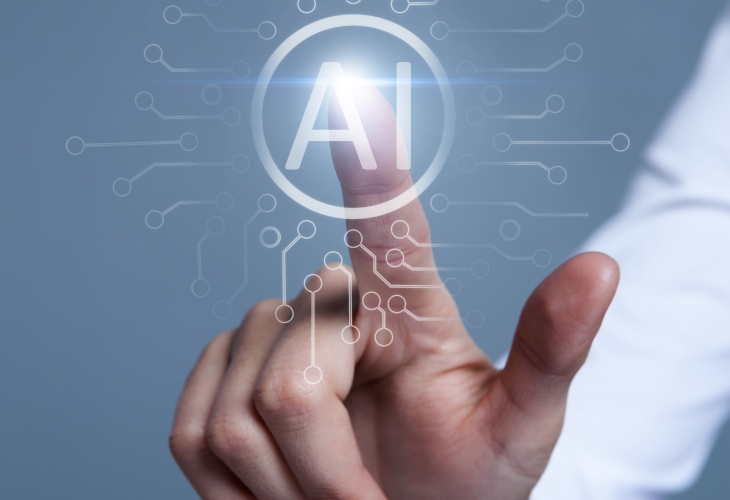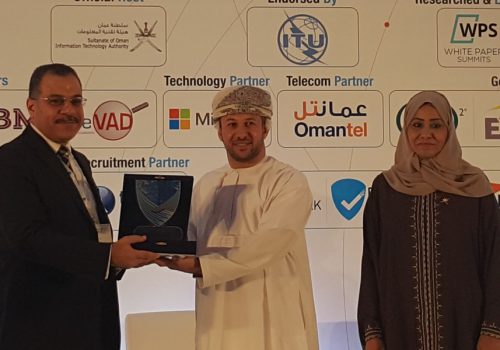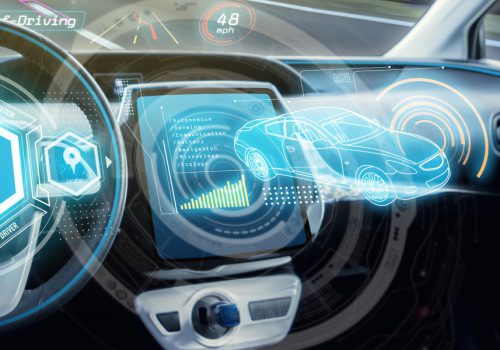For years, the discussion about AI has focused on competition, with companies striving to create the most advanced algorithms and collect the most valuable data. Although this method led to quick innovation at first, it has resulted in isolated pockets of information and limited innovation in critical areas.
A new paradigm is evolving, driven by a revolutionary technology known as confidential computing, which aims to change the focus from competition to collaboration.
In an era where data is hailed as the new oil and artificial intelligence (AI) fuels innovation across industries, the need for robust security measures has never been more pronounced. As organizations strive to leverage the power of AI while safeguarding sensitive data, a paradigm shift is underway – from competition to collaboration, driven by the emergence of confidential computing.
Confidential computing, a cutting-edge approach to data security, holds the promise of revolutionizing how organizations share and analyze data in AI ecosystems.
Unlike traditional computing methods, which rely on perimeter-based security measures, confidential computing employs hardware-based encryption and isolation techniques to protect data while it is being processed, even from privileged users such as cloud providers.
At its core, confidential computing enables organizations to collaborate securely, sharing data and AI models without compromising privacy or intellectual property.
By encrypting data both at rest and in transit, confidential computing ensures that sensitive information remains protected throughout its lifecycle, from data ingestion to AI model training and inference.
The Limits of the Competitive Landscape
Traditional rivalry strategies in the field of AI have various disadvantages:
- Limited Data Scope: Companies withhold their data, limiting the ability to create fully comprehensive and strong AI models.
- Duplicate Efforts: When similar research and development activities are replicated by other organizations, resulting in resource wastage and slowed innovation.
- Slowed Innovation: Collaboration on complex problems which necessitate diverse datasets and expertise, is hindered by data security concerns.

Confidential Computing: The Bridge to Collaboration
- Confidential computing provides an innovative answer to these challenges. It uses Trusted Execution Environments (TEEs), which are secure enclaves within processors, to establish a secure environment for data collaboration. This is how it functions:
- Data remains encrypted even during processing: Only authorized code in the Trusted Execution Environment (TEE) can access and analyze the data, guaranteeing its confidentiality during collaboration.
- Multiple parties can contribute data: Multiple organizations can share their datasets safely without sacrificing privacy or disclosing sensitive information.
- Collaboration without compromising ownership: Ownership of intellectual property and sensitive data is retained by their respective owners during the collaboration.
TEEs, such as Intel SGX and ARM TrustZone, allow organizations to isolate and protect their most critical assets, such as AI models and proprietary algorithms, from unauthorized access or tampering.
Leveraging the Revenue Potential of Secure AI Ecosystems
The implications of confidential computing extend far beyond individual organizwations, paving the way for secure AI ecosystems where data can be shared and analyzed collaboratively, across organizational boundaries. In sectors such as healthcare, finance, and manufacturing, where data privacy regulations and competitive pressures often pose significant challenges, confidential computing offers a path forward – enabling secure data sharing for research, analysis, and innovation while maintaining compliance and protecting intellectual property.
Secure AI collaboration facilitated by confidential computing offers revolutionary results.
- Democratization of AI innovation: Confidential computing makes it possible for smaller companies and startups to work on big AI projects, making the innovation scene more open and diverse.
- Breakthroughs in critical fields: Researchers can address complex problems in healthcare, banking, and other industries by bringing together multiple data sets, resulting in quicker and more significant findings.
- Reduced redundancy and accelerated innovation: Collaborative endeavors can utilize shared resources and knowledge, resulting in quicker creation and implementation of cutting-edge AI solutions.
- Emergence of secure AI ecosystems: Confidential computing promotes a collaborative environment for organizations to collaborate on shared goals while maintaining data security and privacy.
Moreover, confidential computing fosters a culture of trust and cooperation among stakeholders, breaking down silos and accelerating the pace of innovation. By enabling organizations to collaborate securely, confidential computing unlocks new opportunities for cross-sector partnerships, joint research initiatives, and shared data analytics platforms, driving collective progress and societal impact.
The Future of Artificial Intelligence: Ensuring Security and Encouraging Collaboration
Confidential computing is more than just a technological improvement; it serves as a driver for a cultural shift in the field of AI. This technology enables organizations to move beyond competition and adopt collaboration, unleashing the genuine potential of AI for the benefit of all. As confidential computing advances, we can anticipate the following:
- Widespread adoption across diverse industries: vSecure collaboration capabilities will entice organizations from different sectors, promoting the development of strong and creative AI ecosystems.
- Development of groundbreaking AI models: Secure sharing of data will facilitate the development of leading-edge AI models with a wider scope and more substantial impact.
- Establishment of collaborative frameworks: As trust and partnership grow, industry leaders and regulators will collaborate to develop strong frameworks and standards for secure AI collaboration.

Conclusion
The rise of confidential computing indicates a crucial change in the AI field. By facilitating secure collaboration, it breaks down barriers to competition and introduces a period of collaborative innovation. This collaborative strategy unlocks the genuine capabilities of AI, enabling organizations to:
- Integrate diverse data sets to address complex challenges in several industries.
- Speed up the development and implementation of innovative AI solutions.
- Promote a culture of trust and collaborative development in the AI ecosystem.
However, as with any transformative technology, the adoption of confidential computing comes with its own set of challenges.
Organizations must navigate technical complexities, such as integration with existing infrastructure and compatibility with AI frameworks, while also addressing legal and regulatory considerations, including data sovereignty and liability issues.
Nevertheless, the benefits of confidential computing far outweigh the challenges, offering a path toward secure, collaborative AI ecosystems where organizations can unlock the full potential of their data while safeguarding privacy and intellectual property. As we embrace the era of secure AI, fueled by collaboration rather than competition, confidential computing stands poised to redefine the way we work, innovate, and create value in the digital age.
We cannot work on AI alone; we need to work together to make it better. Confidential computing makes it possible for secure collaboration to become the foundation of AI development in the future, which will lead to significant advancements ahead that will have huge positive impacts.
As this technology evolves, we can expect ground-breaking AI models, strong frameworks for working together, and a culture of common success that helps everyone in the AI ecosystem.









